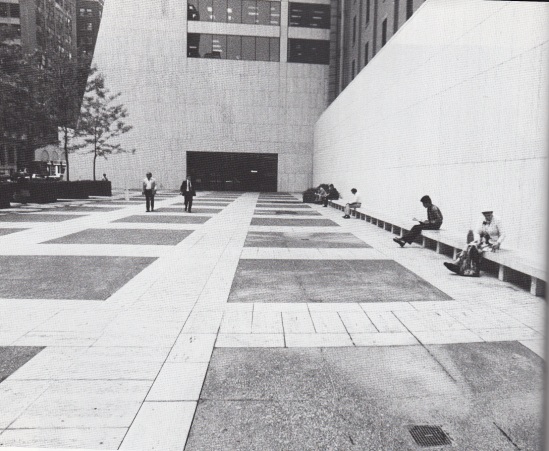What can one learn about the world just by stopping and looking at the city? Do we really observe what is actually taking place before us or do we simply concentrate on what interests or intrigues us? Are we more concerned with the unusual, the exotic or the peculiar rather than the legion of ordinary details that occur before us? The French writer George Perec turned his gaze onto the ordinary and the everyday details, movements and rhythms around him terming it the ‘infra-ordinary’. Perec, like other writers like Henri Lefebvre, has inspired many researchers to explore this realm as an valuable area of exploration.
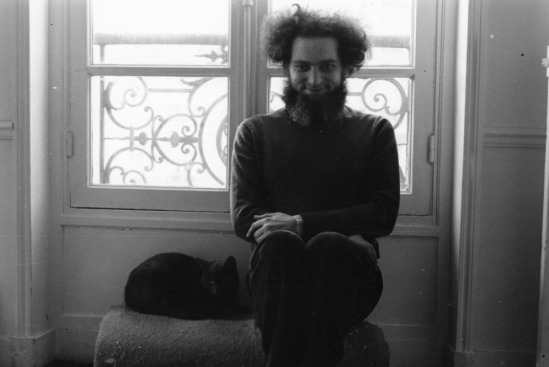
What speaks to us, seemingly, is always the big event, the untoward, the extra-ordinary: the front-page splash, the banner headlines. Railway trains only begin to exist when they are derailed, and the more passengers that are killed, the more the trains exist. Aeroplanes achieve existence only when they are hijacked. The one and only destiny of motor-cars is to drive into plane trees. Fifty-two weekends a year, fifty-two casualty lists: so many dead and all the better for the news media if the figures keep going up! Behind the event there is a scandal, a fissure, a danger, as if life reveals itself only by way of the spectacular, as if what speaks, what is significant, is always abnormal: natural cataclysms or social upheavals, social unrest, political scandals…
What’s needed perhaps is finally to found our own anthropology, one that will speak about us, will look in ourselves for what for so long we’ve been pillaging from others. Not the exotic anymore, but the endotic.”
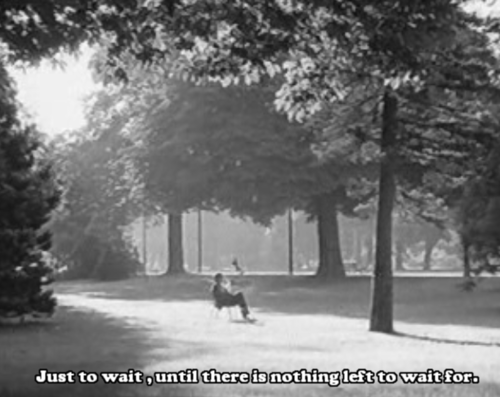
Perec offers us an approach for looking at the everyday world around us. It asks us to slow ourselves down, look, be reflexive and question our own frameworks of perception.
“You must set about it more slowly, almost stupidly. Force yourself to write down what is of no interest, what is most obvious, most common, most colourless…. Make an inventory of your pockets, of your bag…Question your teaspoons…”
Perec argues that in this process we need:
“To question what seems so much a matter of course that we’ve forgotten its origins. To rediscover something of the astonishment that Jules Verne or his readers may have felt faced with an apparatus capable of reproducing and transporting sounds. For the astonishment existed, along with thousands of others, and it’s they which have moulded us.”
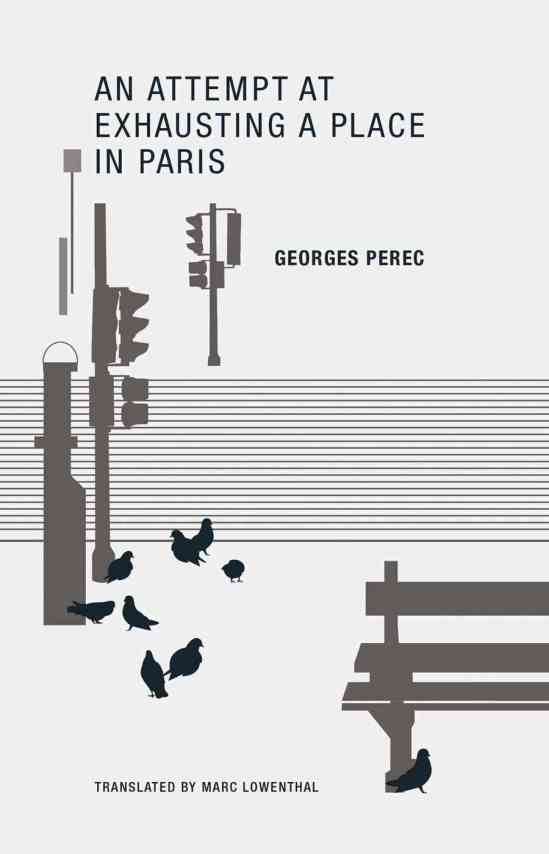
This week will focus on a project Perec undertook in 1974 where he spent three successive days (a Friday, Saturday and Sunday) observing everyday life in the Place Saint-Sulpice in Paris. Each day he chose a different cafe to sit in to observe the space.
“My intention… was to describe…that which is not taken note of, that which has no importance: what happens when nothing happens other than the weather, people, cars, and clouds.”
Perec examines the world as it appears to him. He is not interested in abstractions but in the things, the movements, the micro-events and the behaviours of people. He does reflect on his attention and how a cup of espresso may produce a different result to a bottle of water (Vittel).
See Michael Sheringham Everyday Life: Theories and Practices from Surrealism to the Present, Chapter 7.
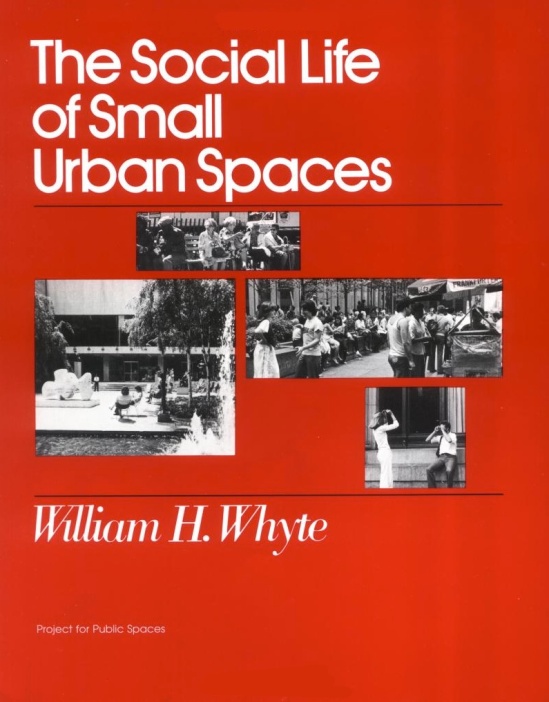
Initially, William H. Whyte studied issues of urban planning and design, until 1969, when he assisted the New York City Planning Commission in drafting a comprehensive plan. While working with the Commission, he came to wonder how these newly planned spaces were actually working out.
No one had researched this before.
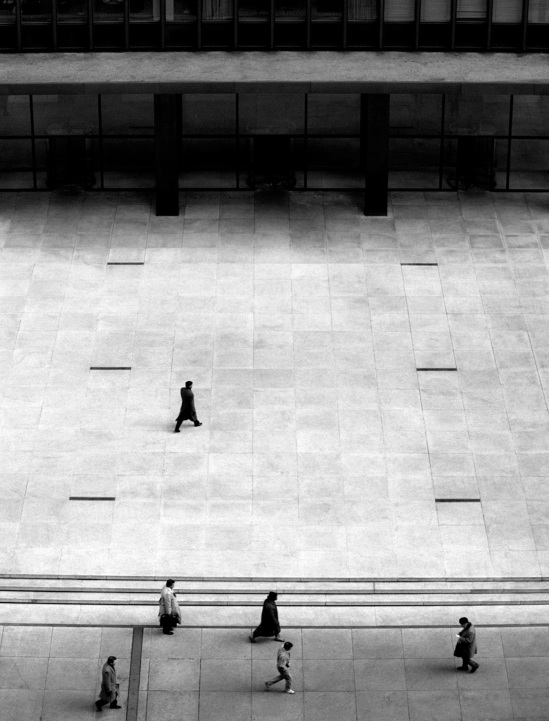
He applied for and received a grant to study the street life in New York and other cities in what became known as the Street Life Project. With a group of young research assistants, and camera and notebook in hand, he conducted pioneering studies on pedestrian behavior and research on city dynamics.
